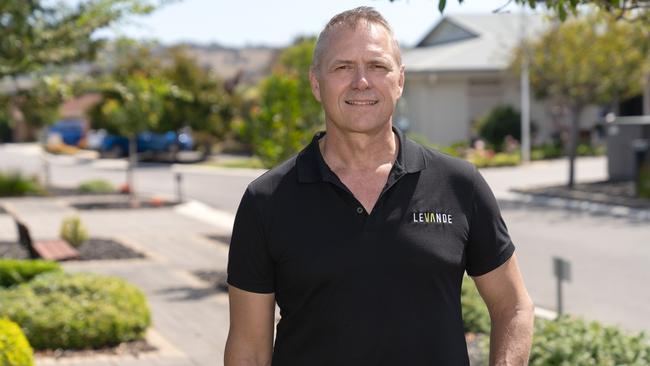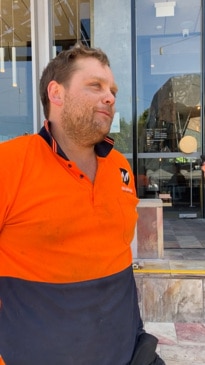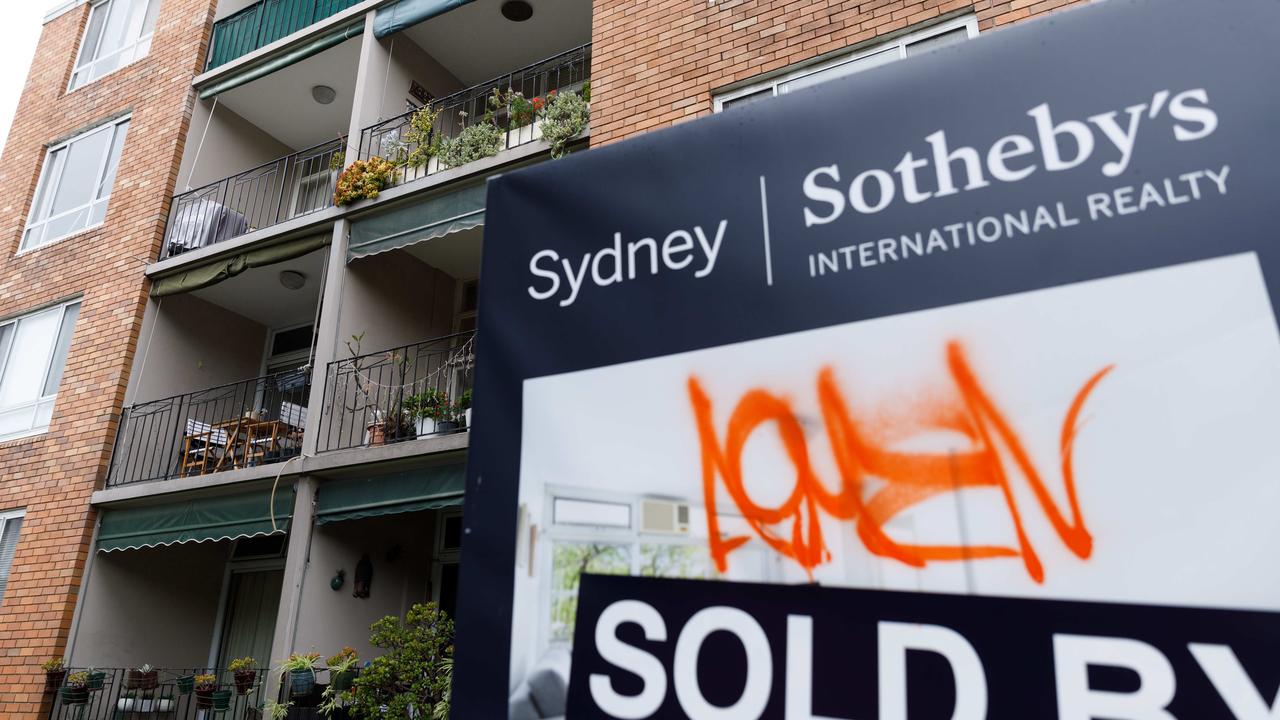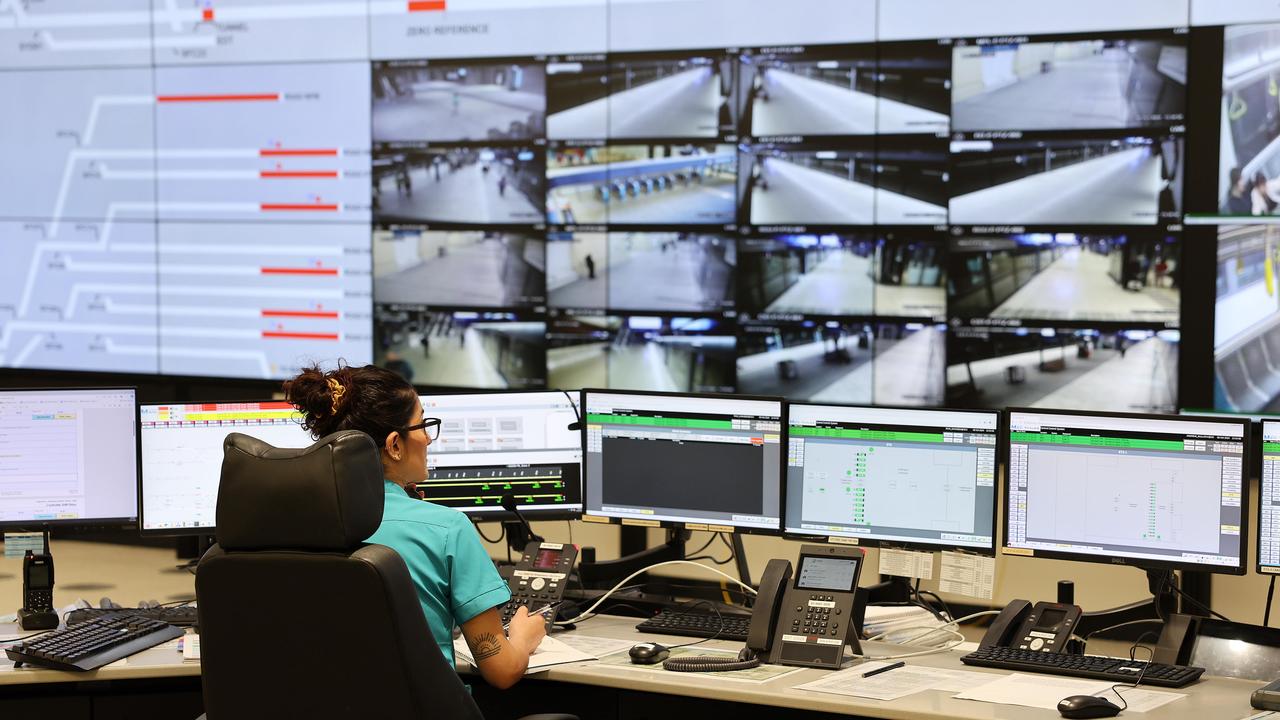Levande has a $2bn pipeline of retirement living projects, but says it’s being stymied by red tape
Will a boom in retirement villages help solve the housing crisis? Levande boss Kevin McCoy says yes – but onerous planning regimes and charges are creating major delays.

Business
Don't miss out on the headlines from Business. Followed categories will be added to My News.
The boss of EQT-backed retirement living provider Levande says the sector can play a central role in easing the country’s housing shortage, but onerous planning regimes in some states and hefty foreign investment charges in others are delaying much-needed investment in new developments.
Kevin McCoy, who took over as Levande chief executive a year ago, said the retirement sector itself was facing a ballooning shortage of units, and fast-tracking development would help to ease that shortage, while also releasing more homes into the general housing supply.
The Levande brand was created by Sweden-based investment firm EQT after it acquired Stockland’s retirement living business for $987m in 2022.
Mr McCoy said EQT was looking to spend up to $2bn on new developments and redevelopments of existing sites over the next five to 10 years as it looked to cater to the rising number of Australian baby boomers reaching retirement.
He said EQT would ramp up its investment in Australia over the next five years, by which time it hoped to deliver up to 800 new retirement units annually.
But several obstacles currently stood in the way, he said, including lengthy development approval processes in some states and foreign investment surcharges in states including South Australia and NSW.
“We think retirement living is perfectly placed as a product to tackle both availability and affordability,” he said.
“One of the biggest challenges is the amount of time it takes to get through development planning, getting bogged down in councils – in the construction of a village the longest period of time is spent on getting the planning permission.
“This is a system-wide problem and so I think we should look at solutions where all housing development can get a bit more nimble.”

Levande has a target of acquiring 20 new development sites within the next three years, following its first land acquisition earlier this month, when it snapped up a 1.75ha site in Bentleigh East, in Melbourne’s southeast, where it plans to build a new retirement community for around 400 residents.
Mr McCoy, who spent 10 years at Australian Unity before joining Levande, said a mix of infill and greenfield developments formed part of Levande’s aggressive expansion plan, as well as redevelopments of some of the 58 villages in its portfolio, which currently had an occupancy rate of about 95 per cent.
“Pretty central to it (strategy) is development, and in five to six years time we’d want to be bringing 500 to 800 units onto the market every year,” he said.
“The demographics are going the industry’s way. If you think of market penetration in Australia – about 8 or 9 per cent of people turning 75 are likely to choose retirement living as the setting for their next 10, 15, 20 years.
“If you think of the people turning 75 every week as the baby boomers come through, that’s growing exponentially, and so even if market penetration holds, that demand is going to go increasingly higher.
“And because there’s been a lag in construction for quite a few years, particularly around that Covid time, there’s a shortage of product.
“EQT has looked at the theme of ageing, and looked at the opportunity to invest, looked at the demographics in Australia, the product of retirement living, quite a big market take-up and that’s what they’ve invested in.”
Other projects in Levande’s pipeline include a $200m, 28-storey vertical retirement village and aged care facility currently under construction in Epping, in Sydney’s northwest.
Redevelopments of existing sites are also part of the expansion plan, while 10 villages have been earmarked for a complete knock down and rebuild, including three projects in Melbourne and Sydney that are in advanced stages of planning.
In Adelaide, Levande is considering investing up to $100m to convert a disused six-storey aged care facility at its Somerton Park site into retirement apartments.
Levande owns 11 retirement villages in South Australia, and is currently running the rule over three additional development sites in the state.
However, Mr McCoy said foreign investor surcharges on residential land and property purchases in SA and NSW made projects in those two states a little harder to stack up.
“Because we’re foreign owned we have to effectively pay double stamp duty on anything,” he said.
“We’re trying to work with policy makers and governments and treasuries on that.”
Recent figures released by the Retirement Living council suggest the sector is heading towards a 49,000 shortage of units by 2030.
Retirement Living Council executive director Daniel Gannon said it was important the federal government recognised the role retirement living could play in its ambitious housing plan, given Housing Industry Association forecasts that suggest the government’s promise to build 1.2 million new homes in five years is on track to fall short by 200,000 without radical policy reforms.
“Between now and 2030 the retirement industry requires 67,000 homes to be built to meet existing levels of demand from older Australians, with only 18,000 currently in the planning pipeline,” he said.
“These 67,000 homes would represent 34 per cent of the gap identified by the HIA, meaning retirement communities can help the government solve Australia’s housing supply problem.
“There are currently 2 million Australians over the age of 75, a cohort which is set to increase to 3.4 million by 2024. This demographic shift will cause further pressure on housing supply, healthcare systems and an already struggling aged care sector.”
The Retirement Living Council is also calling on state governments to set minimum land allocations for retirement communities in greenfield and master-planned developments, in a similar way to social and affordable housing targets.
More Coverage
Originally published as Levande has a $2bn pipeline of retirement living projects, but says it’s being stymied by red tape




